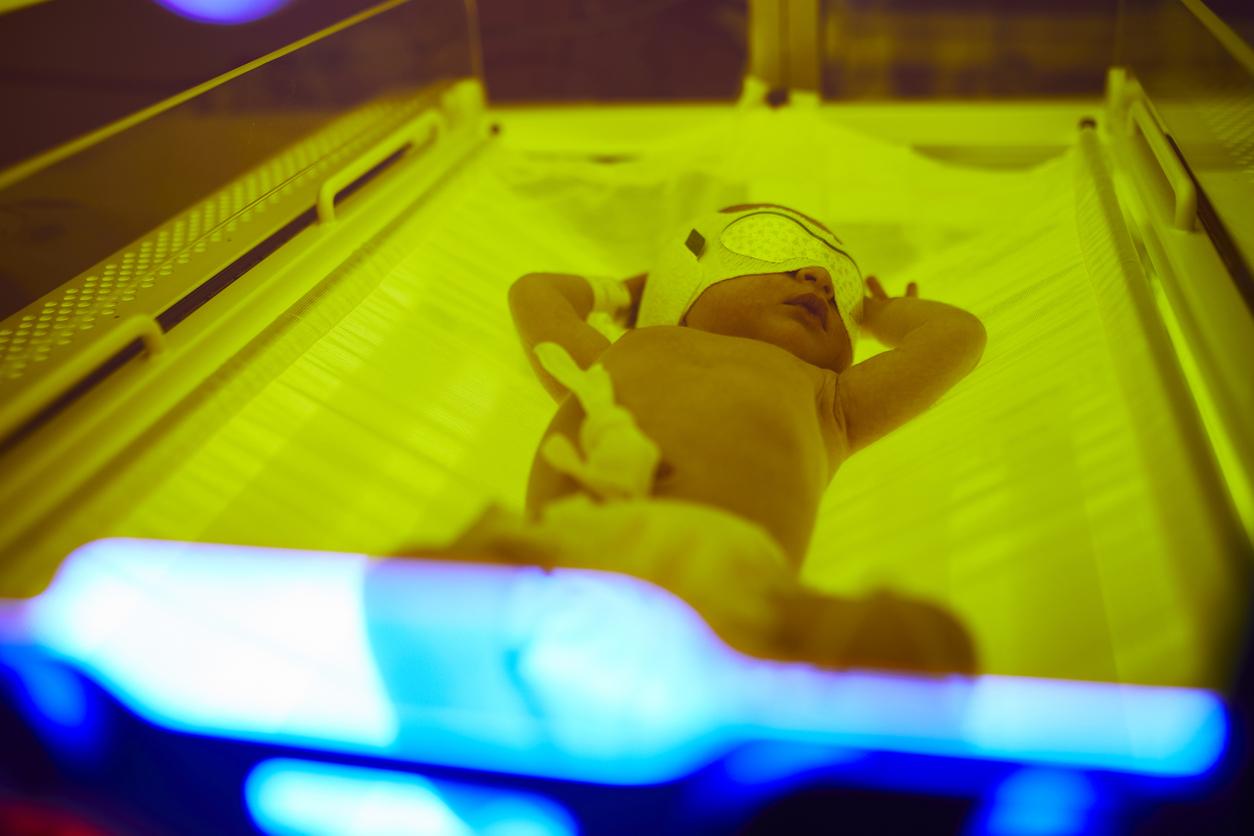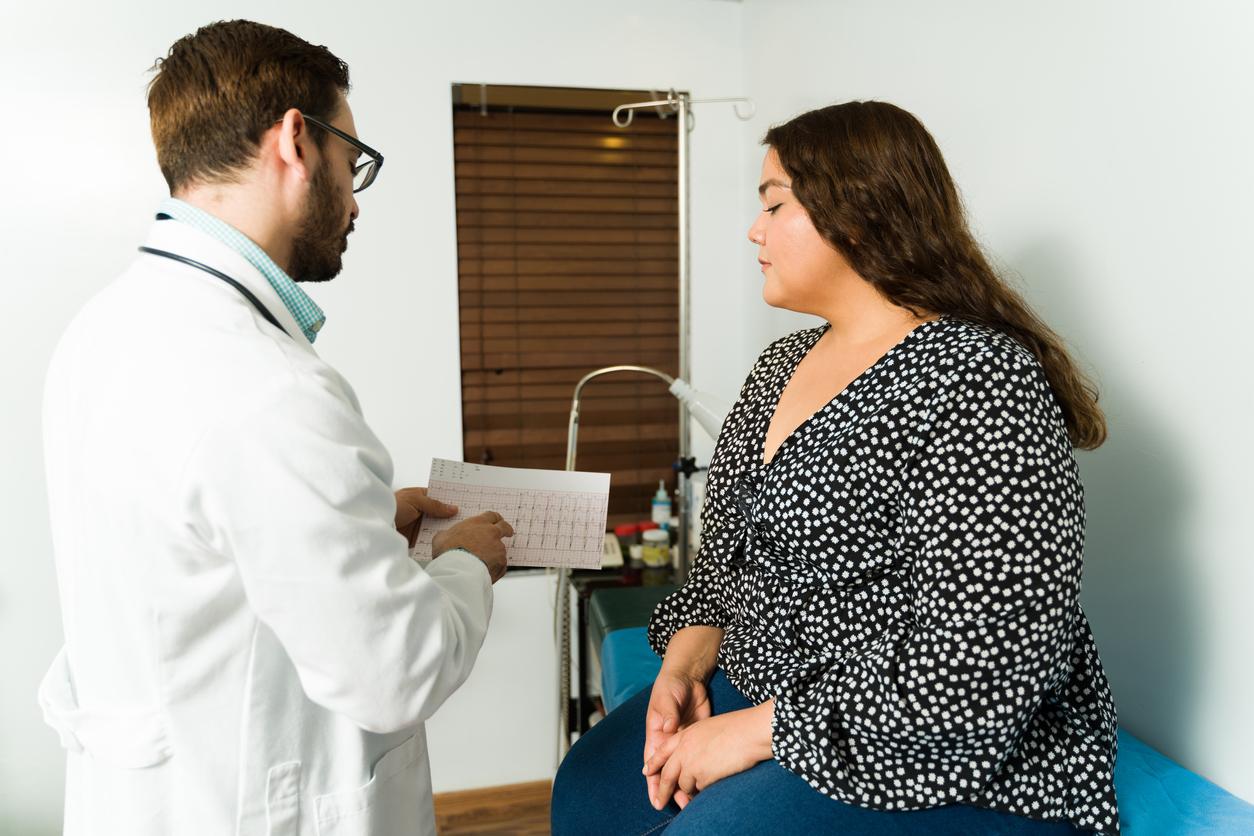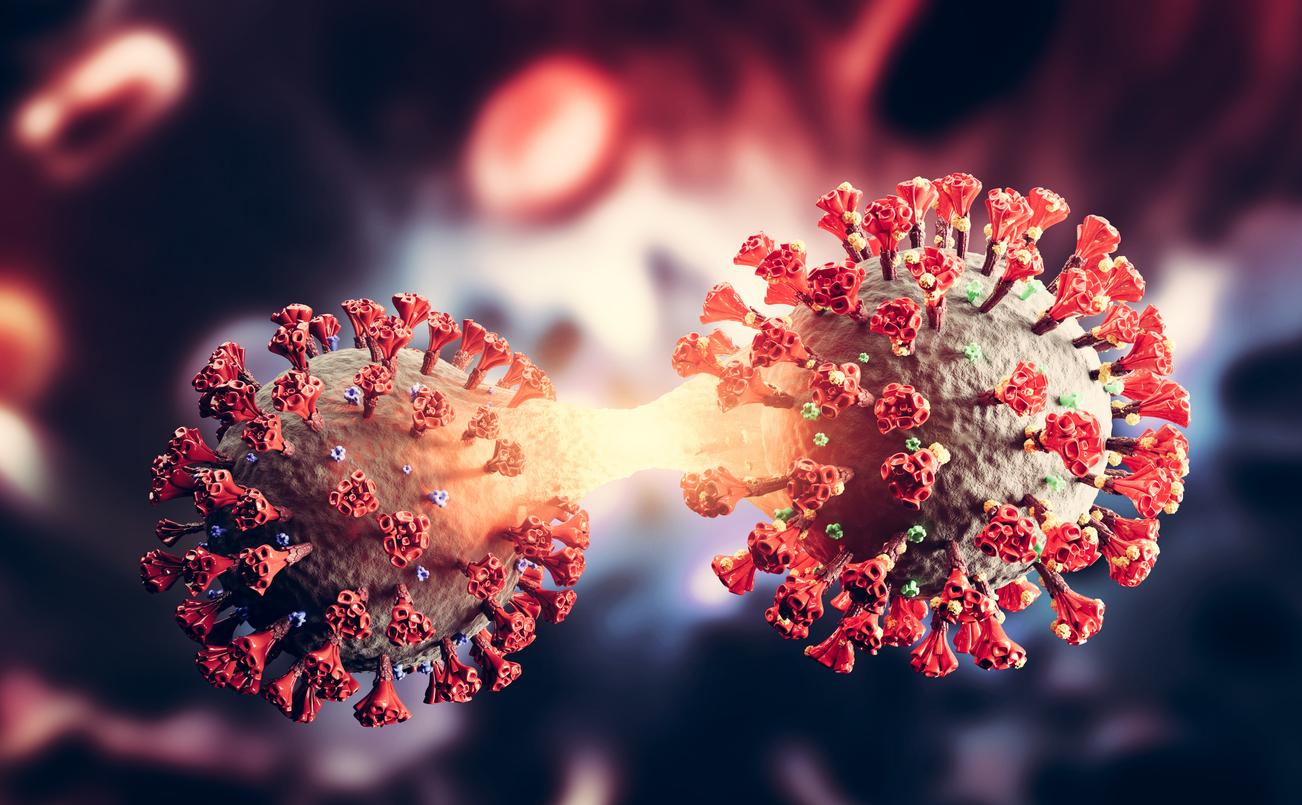
According to a report released today by the WHO, nearly 53 territories have recorded cases of the B.1.617 variant. This mutation is currently paralyzing India due to its increased transmissibility of the disease. Territories like the United Kingdom are again areas with “high health risk”, explanations.
The World Health Organization (WHO) has just officially listed through a report, the Indian variant in 53 territories. But unofficial sources add to the toll to 60. The B.1617 variant has been reported in seven other territories. In addition, the number of new cases and deaths of Covid-19 continued to decrease around the world over the past week, with more than 4.1 million new cases and 84,000 additional deaths. “Despite a global downward trend over the past four weeks, Covid-19 cases and deaths remain high and significant increases have been reported in many countries around the world.”, indicates the document.
A trajectory almost similar to the English variant
Bis repetita? Remember, after a rather calm autumn, France and Europe are protecting themselves from the variant B.1.1.7 (said English), a variant more contagious than the original strain and the second confinement is established on French territory. For this reason, the emergence of this new mutation worries the health authorities of many countries, since the B.1.617 variant could harm the efforts made in recent weeks, like the British variant. The only notable difference is that today we have vaccines and they would be effective against these different mutations.
The United Kingdom: a “high risk” zone
However, different governments are not taking any risks. Thus, Germany has decided to limit its exchanges this weekend with the British. Asked about it on RTL, the Minister of Foreign Affairs indicates that he is “Slightly stronger measures”, because “The Indian variant in the UK is causing problems and questions, we are very vigilant”, he adds. The minister’s concerns are not in vain, since the contaminations curve for this variant in this country is exponential. According to The Guardian, “Confirmed cases of the Indian variant in the UK increase by 160% in one week”. According to the British media, the figures are not exact and underestimated. There should be more cases. There is a time lag between collecting samples and determining the positive test variant. “If you take into account the proportion of samples that were sequenced, it is likely that we had over 11,000 cases up to May 15 due to the Indian variant.”said Paul Hunter, professor of medicine at the University of East Anglia.
British health authorities also believe that the B.1.617 variant may be more transmissible than the English variant which became dominant in the UK last year. Faced with this rise in power of the variant, the British government is accused of having delayed taking decisions to restrict the arrival of people from India. The English also criticize the government and in particular Boris Johnson for not reducing the time between the two doses. In England, the two injections are spaced twelve weeks apart, against four weeks in the majority of European countries, including France. Boris Johnson declared his wish in mid-May “To speed up the administration of the second remaining doses to people over 50 and vulnerable people”, reducing the time to eight weeks.















